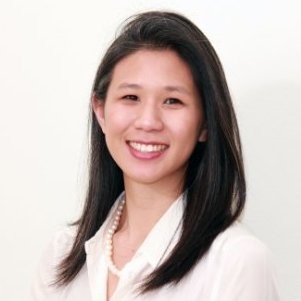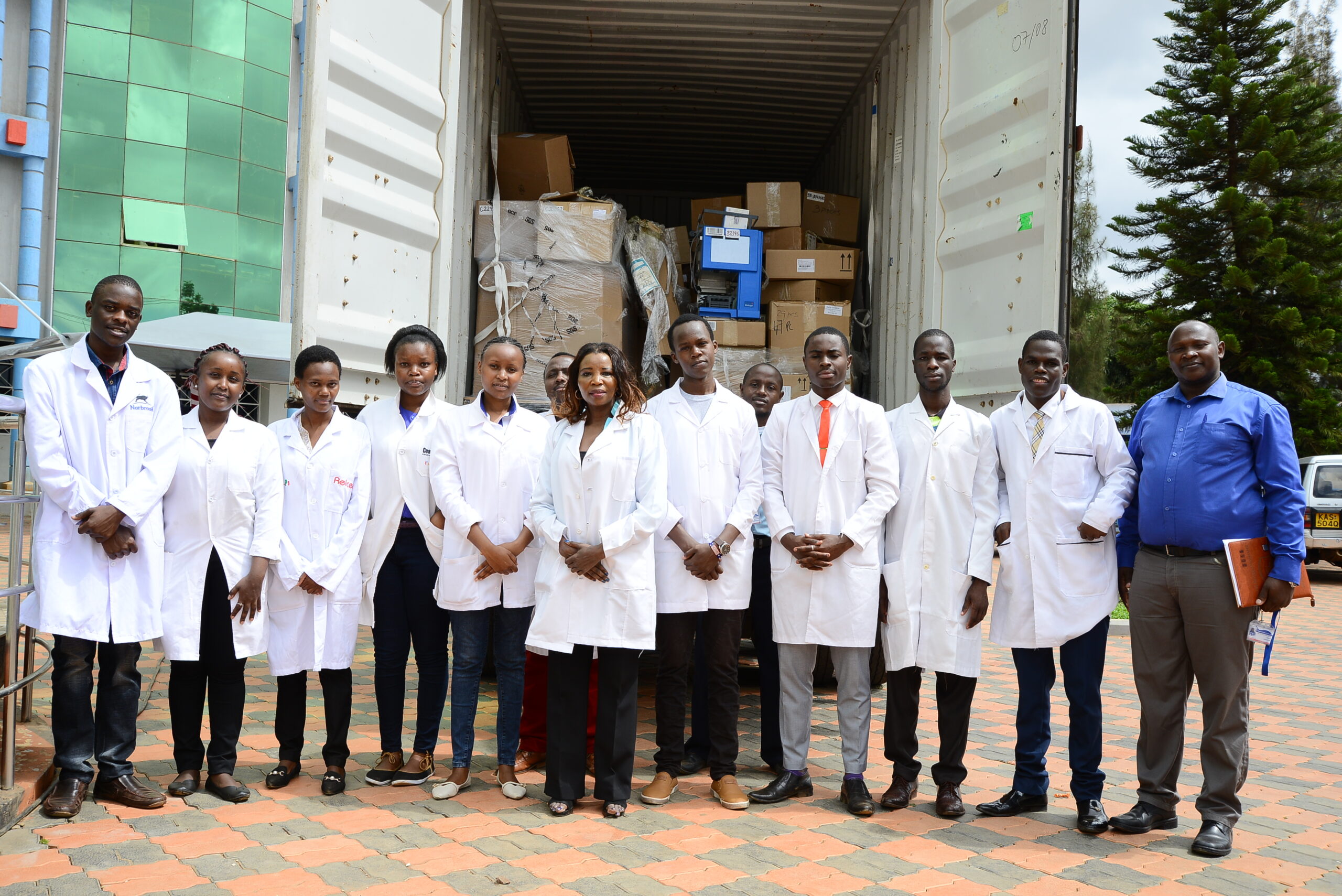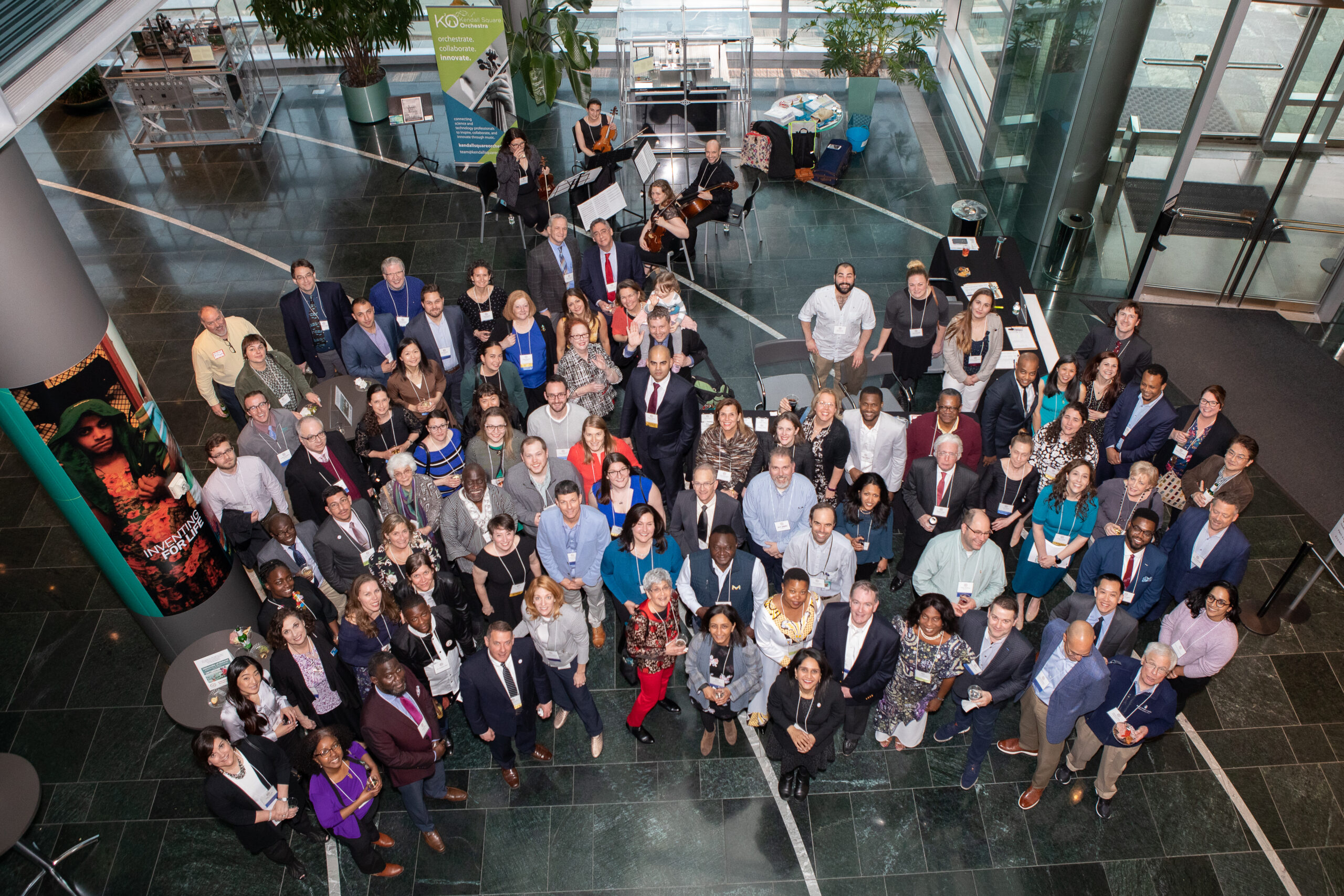
In 2006, a group of PhD students with experience working in labs in developing countries working to solve issues like food security, infectious disease, and climate change felt stymied by lack of access to lab equipment and supplies. Driven by their shared vision, Seeding Labs was born. What began as an effort to bridge this equipment gap by redistributing surplus resources from university labs to their counterparts abroad has since blossomed into a force propelling global scientific progress.
This Boston-based nonprofit is committed to the empowerment of scientists worldwide. Its mission: to furnish these dedicated individuals with the essential tools and resources, sparking innovation and catalyzing enduring change within their communities. Meet Seeding Labs CEO Melissa Wu, and learn more about her leadership journey below.

What inspired the creation of Seeding Labs, and how has the organization evolved since its inception?
Seeding Labs was started in 2006 by a group of Ph.D. students who had worked in laboratories in developing countries. They saw a common theme: talented scientists whose efforts to solve issues like food security, infectious disease, and climate change were stymied by a need for more access to lab equipment and supplies. At the same time, our university’s labs and hallways were full of functioning equipment, left unused for many reasons. We began equipping their colleagues abroad with this surplus equipment and supplies. Researchers reported that they grew their labs, published, and received grants due to the equipment. Realizing that there was immense potential for us to change how the least-resourced communities can access the benefits of science, our founder, Nina Dudnik, developed a business plan. She was awarded an Echoing Green fellowship to become the first executive director of Seeding Labs, which was incorporated in 2007.
Our growth was catalyzed with a $3M grant from USAID in 2014. We scaled the team and infrastructure for our Instrumental Access program, which provides universities and research centers with shipments of 100-200 instruments and lab supplies customized to help them achieve their training and research goals. 2018, we added our TeleScience platform to help scientists connect and share knowledge.
Today, we build strong partnerships with corporations and other organizations that allow us to leverage surplus resources for our programs. To date, we’ve brought in help from over 240 organizations to deliver equipment worth $48M to 106 institutions in 40 developing countries. TeleScience videos have been viewed in 156 countries. At least 238,000 undergraduate and postgraduate students and nearly 3,000 researchers have benefited.
You asked about changes since our start, and I’d like to note that we’ve now existed long enough to see the long-term impacts of our work. Many scientists we work with are driven to work in their home countries because they can make a difference in their country’s development. For example, we have supported establishing first-in-country undergraduate training programs for pharmacy in Namibia and nanotechnology in Colombia. Equipment has supported a four-country study of sweet potato virus across eastern Africa and the establishment of COVID-19 testing capacity in 3 continents. And there’s greater attention paid by the government, international funders, and national and international collaborators to the efforts and expertise of the researchers we’ve supported, increasing the influence of local science on community affairs and national policies.

As a leader, how do you foster innovation, collaboration, and a sense of purpose within the Seeding Labs team?
Seeding Labs was founded and is led by scientists – and in my leadership role, I’ve continued to bring the scientific method’s research culture to everything we do. A research lab is designed so that each member continues to grow in skills and is set on a path for leading their lab. At the same time, a shared mission and vision exists of understanding a scientific process or engineering a lifesaving solution. At Seeding Labs, I lead with many of those same ideas. I create an environment where people have as much autonomy as possible in driving their work, expressing ideas, and trying them out. The learning process is essential, and we iterate to make what we do and how we do it easier, more efficient, impactful, and more equitable.
We’re a small team, and each of us was brought in for specific expertise. That often facilitates collaboration – most projects require (or are much better!) when we bring in the perspectives of others on the team, so collaboration is organic. My role as a leader on this front is to make sure that people are aware of what’s going on in each other’s spheres, encourage reaching out to each other, and ensure we’re not overextending each other.
Purpose is a part of everything we do and a core value of everyone on the team. As a mission-driven organization, we hire people who care deeply about our work and take pride in their part in it. The best way to reinforce that is to try and make the mission as present as possible for everyone on the team. Creating opportunities for all of our team members to hear the stories of impact from the scientists, meet people who enable our efforts, and celebrate each of our wins have all been fantastic ways to create purpose.
Can you discuss some challenges Seeding Labs has faced in promoting scientific research and education in resource-limited areas?
One of the challenges is due to how unique our solution is. Very few organizations provide equipment as a focus for promoting science in resource-limited areas, and as far as we know, we’re the largest nonprofit. There needs to be a more general discourse about the role of equipment and other resources in fostering science. We sometimes need more clarification on the feasibility of our solution or the capacity of scientists in resource-limited areas, especially in the beginning, a lack of basic understanding of how promoting research capacity supports changes in people’s lives. Nowadays, especially after the global COVID-19 pandemic, most people understand how science contributes to our and the planet’s well-being. We can go straight ahead and describe how science relies on resources like equipment and how our solution, backed by our track record, has made many possibilities a reality.
Another challenge is more mundane to talk about but is something we face every day, and that’s all that you hear in the news about supply chains, global transportation issues, and even things like elections in the countries we work in. We rely on equipment donations, and supply chain issues and recessions can impact our ability to get and deliver donations. We have found creative ways to source equipment, working across the entire research ecosystem from manufacturer to distributor, pharma to academic research organizations, from trade-in programs to demo items, discontinues, and lab moves to buffer us from issues that might impact parts of the research sector.

How can individuals and institutions participate in Seeding Labs and contribute to its mission?
Three things:
- Spread the word of our work with your networks and on your platforms (we love participating in podcasts, events, newsletters, etc.!). You can connect to us on social media (@seedinglabs) or email (media@seedinglabs.org)
- Donate to us. Our work is made possible by donations from individuals and organizations (donate link)
- Donate equipment to us – find out more here.